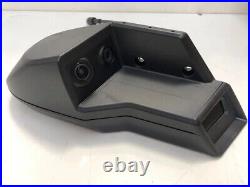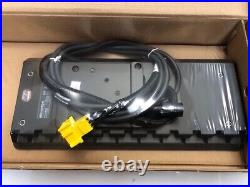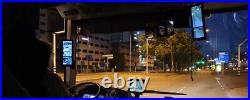Mar
12
2024
Stoneridge-Orlaco Mirroreye Camera Coach Bus -Lorry Mirrors




Orlaco Mirroreye Mirror Replacement System. MirrorEye® Camera Monitor System (CMS). Stoneridge MirrorEye® CMS is the first FMCSA exempted driver vision system that replaces a truck’s mirrors with integrated external digital cameras and digital monitors inside the cab of the truck. This provides the driver with a more complete view of operating conditions over traditional mirrors. MirrorEye CMS delivers improved driver vision and blind spot elimination. Stoneridge’s MirrorEye CMS has been proven to meet or exceed the visibility requirements of conventional mirrors. MirrorEye provides the following benefits. Greater field of view and elimination of common blind spots – Three views, including wide angle, narrow angle and passenger-side “look-down” cameras, greatly expand the driver’s field of view and eliminate blind spots. Dependable design – Independent video processing of multiple camera images ensures that in the unlikely event of an individual camera failure, the other camera images continue to be displayed. Real-time images are continuously displayed without interruption. Augmented and enhanced vision quality – High-definition digital cameras provide greater fields of view, including color night vision, low light sensitivity, glare reduction, superior views in inclement weather and trailer panning capabilities. Advanced trailer panning – The CMS automatically tracks the end of the trailer to keep it in view while the vehicle is moving forward. This feature could eliminate right-hand turn collisions with motorists and pedestrians. Reduced fuel consumption from aerodynamic design – Removing mirrors during fleet trials and in European trucks has demonstrated a fuel cost savings of roughly two to three percent per year, which in addition to the significant safety benefits, can also improve the operator’s bottom line.